12 Things Pilots Know About Weather (That You Don’t)
Have you ever glanced out an airplane window and wondered how pilots manage to stay so calm while flying into a thunderstorm, dodging clouds, or landing in gusty winds? Pilots see weather with a different set of eyes. They don’t just watch the sky—they read it like a living map, packed with secret messages. There’s a world of hidden knowledge in those clouds and winds, and pilots have to master it to keep everyone safe. Ready to have your mind blown by what really goes on in the cockpit when the weather turns wild? Buckle up—because you’re about to see the sky through a pilot’s eyes.
Pilots Understand the True Shape of Turbulence

Turbulence feels like a monster waiting to grab your plane and shake it, but pilots know it’s more like invisible waves in the air. It can be caused by everything from mountain ranges to jet streams, and while it can jostle the plane, it’s rarely dangerous. Pilots are trained to anticipate where turbulence is most likely—like over mountain ridges or near thunderheads. They also know that turbulence can pop up even on clear days, caused by differences in air temperature and wind speed. What feels terrifying to passengers is usually just a minor bump for a professional up front. Pilots even have a funny saying: “Turbulence is uncomfortable, not unsafe.”
Clouds Are More Than Pretty Fluff

To most people, clouds are just scenery, but for pilots, they’re like road signs. Each type of cloud tells a different story about the weather. Towering cumulus clouds? Those could mean thunderstorms are brewing. Thin cirrus wisps high up? That’s a sign of moisture and a possible front on the way. Pilots memorize cloud types and what they mean for flight so they can spot trouble before it starts. They know that flying through some clouds (like cumulonimbus) is a definite no-go, while others (like stratus) are just a little inconvenient.
Wind Isn’t Just “Wind”—It’s a Whole Language
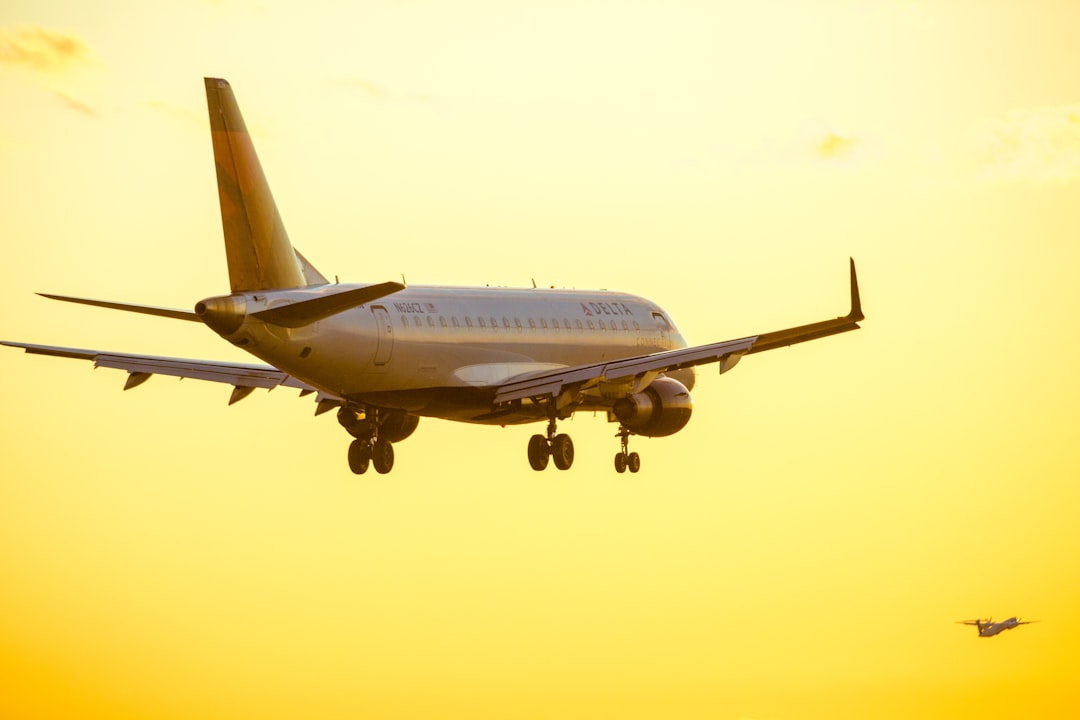
Wind can be smooth, gusty, shearing, or swirling. Pilots learn to “read” wind by watching how it moves over runways, mountains, and even buildings. Crosswinds—when the wind blows sideways across the runway—make landing tricky, so pilots practice special techniques to land safely. They also watch out for wind shear, a sudden change in wind speed or direction that can be dangerous during takeoff or landing. Pilots use real-time wind reports and their own instincts to keep everything under control.
Weather Radar: More Than Just Blobs on a Screen
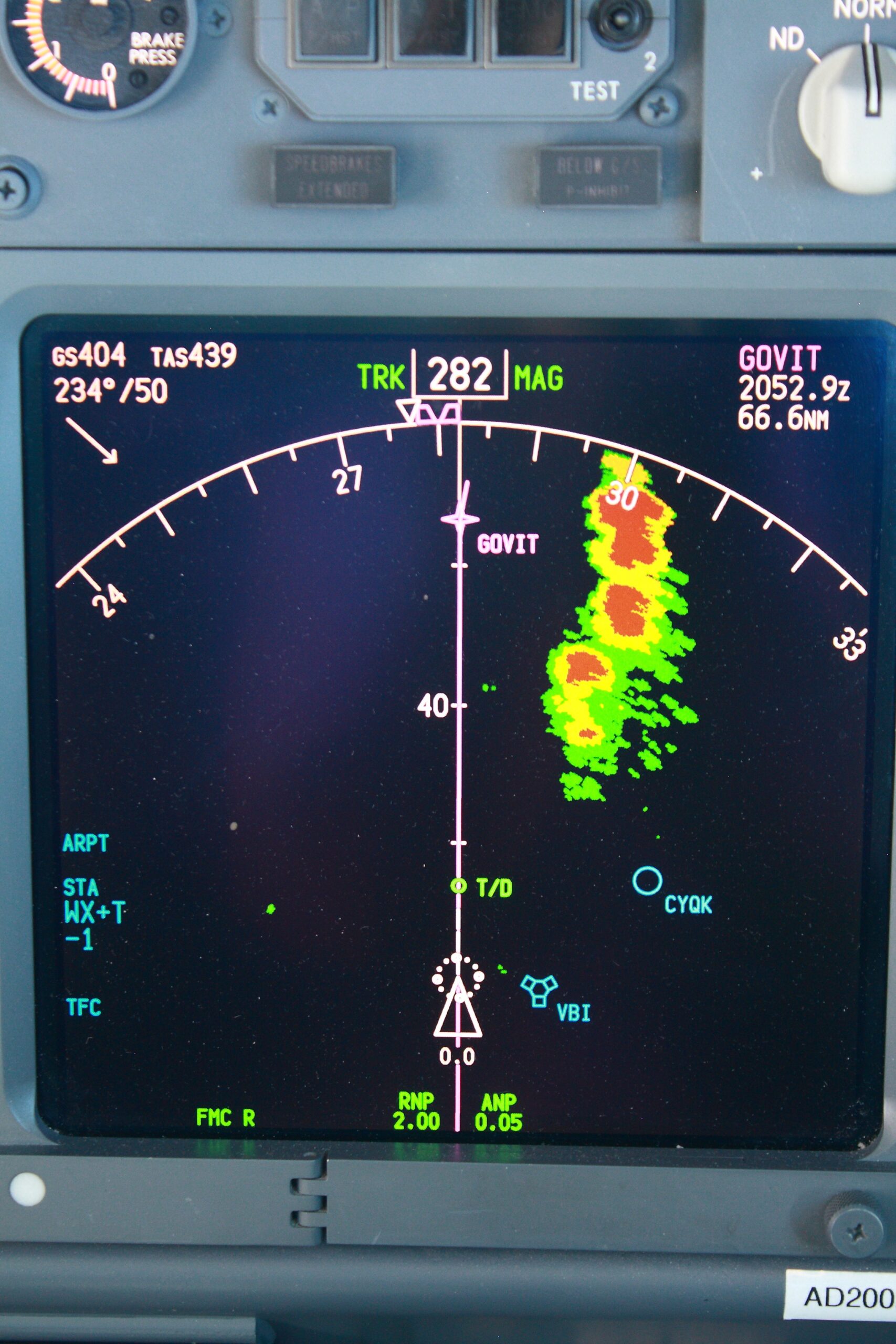
Most passengers glance at weather radar and see colored blobs, but pilots understand what those colors really mean. Green? Light rain. Yellow? Moderate. Red? Stay far away—that could mean hail, severe turbulence, or strong updrafts. Pilots use radar to carve a safe path through storms, always looking for the “soft spots” with less intensity. They also know radar can’t see everything—like clear air turbulence—so they don’t rely on it alone.
Thunderstorms Are Treated Like Brick Walls
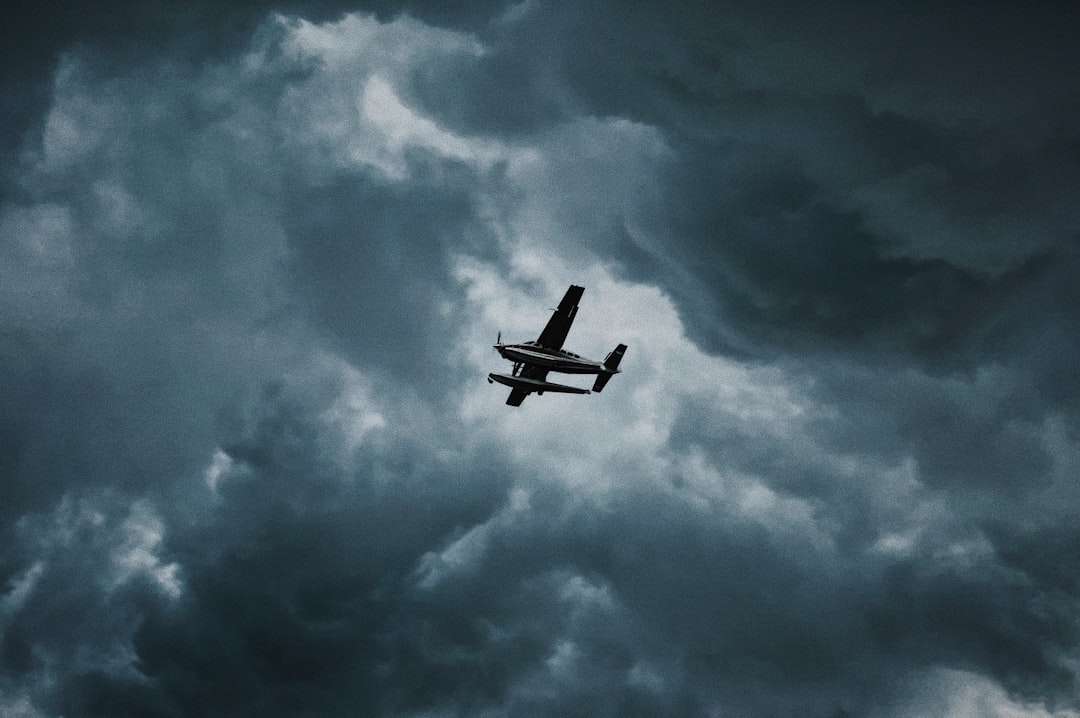
No matter how tough or advanced the plane, pilots treat thunderstorms with huge respect. They know these storms can toss even the biggest jets like toys. Lightning, hail, and violent updrafts lurk inside. Pilots will go hundreds of miles out of their way to avoid flying through a thunderstorm. They use both radar and reports from other flights to find safe routes around the worst weather.
Fog Is a Sneaky Foe

Fog might look harmless, but it can shut down an airport in minutes. Pilots learn how to land using only instruments when visibility drops. They practice approaches called “ILS” (Instrument Landing System) that guide planes down a precise path, even if they can’t see the runway until the last second. Fog also changes quickly, so pilots keep a close eye on updates from airport towers and weather stations.
Temperature Swings Are More Important Than You Think
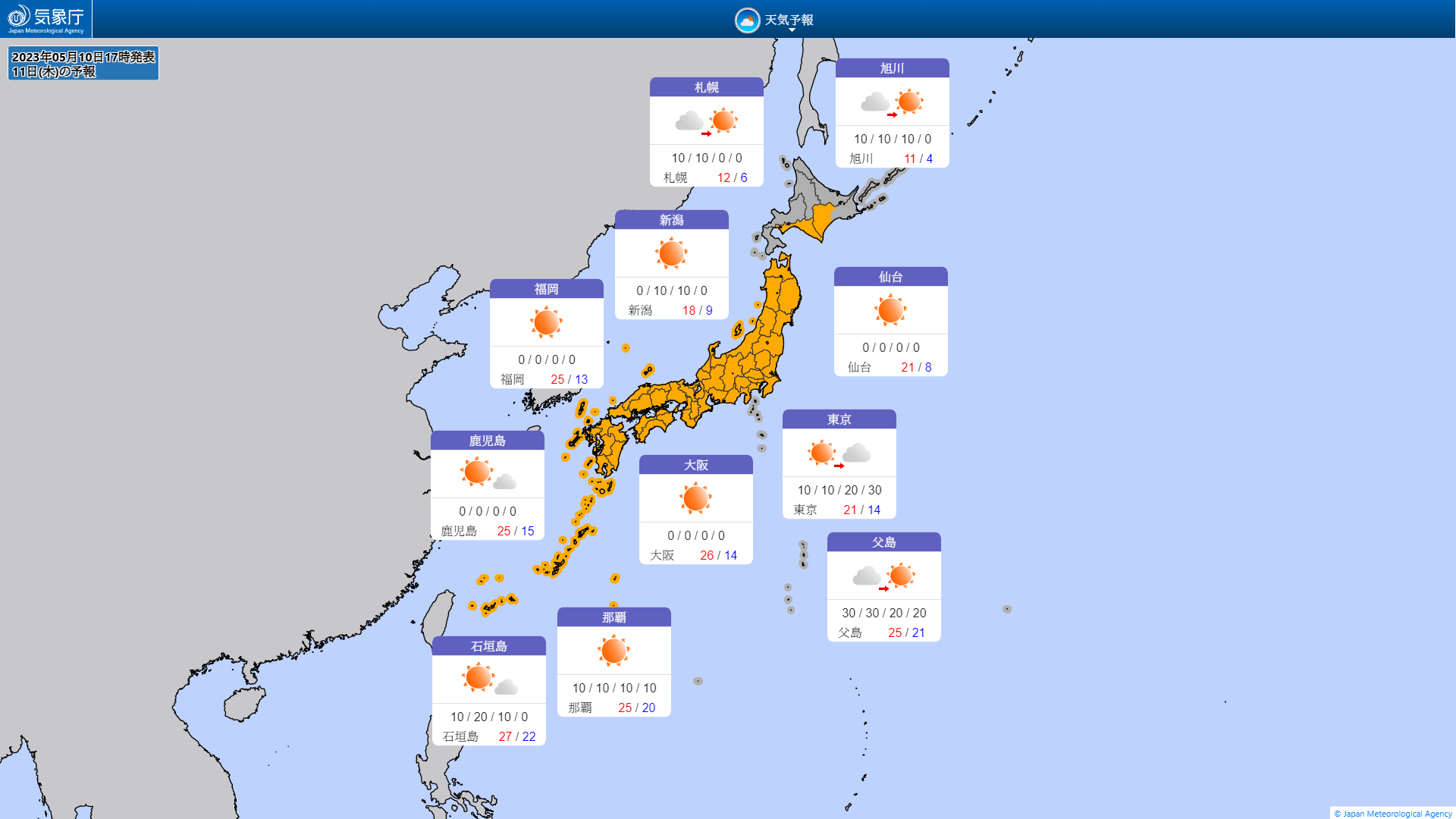
Most people don’t realize that temperature affects a plane’s performance. Hot air is thinner, which means planes need more runway to take off. Cold air, on the other hand, makes engines work better and wings generate more lift. Pilots calculate the temperature before every flight, especially if they’re flying from a hot location or a high-altitude airport. A hot afternoon in Denver can mean a totally different takeoff plan than a chilly morning in London.
Ice: The Silent Danger

Ice is one of a pilot’s worst nightmares. It can build up on wings and control surfaces, making a plane heavy and hard to control. Pilots are trained to spot the signs of icing and use special equipment to keep the plane safe, like heated wings or anti-icing fluids. They also know which clouds are most likely to cause icing—usually ones with supercooled water droplets, common between 0°C and -15°C.
Microbursts: Sudden and Shocking
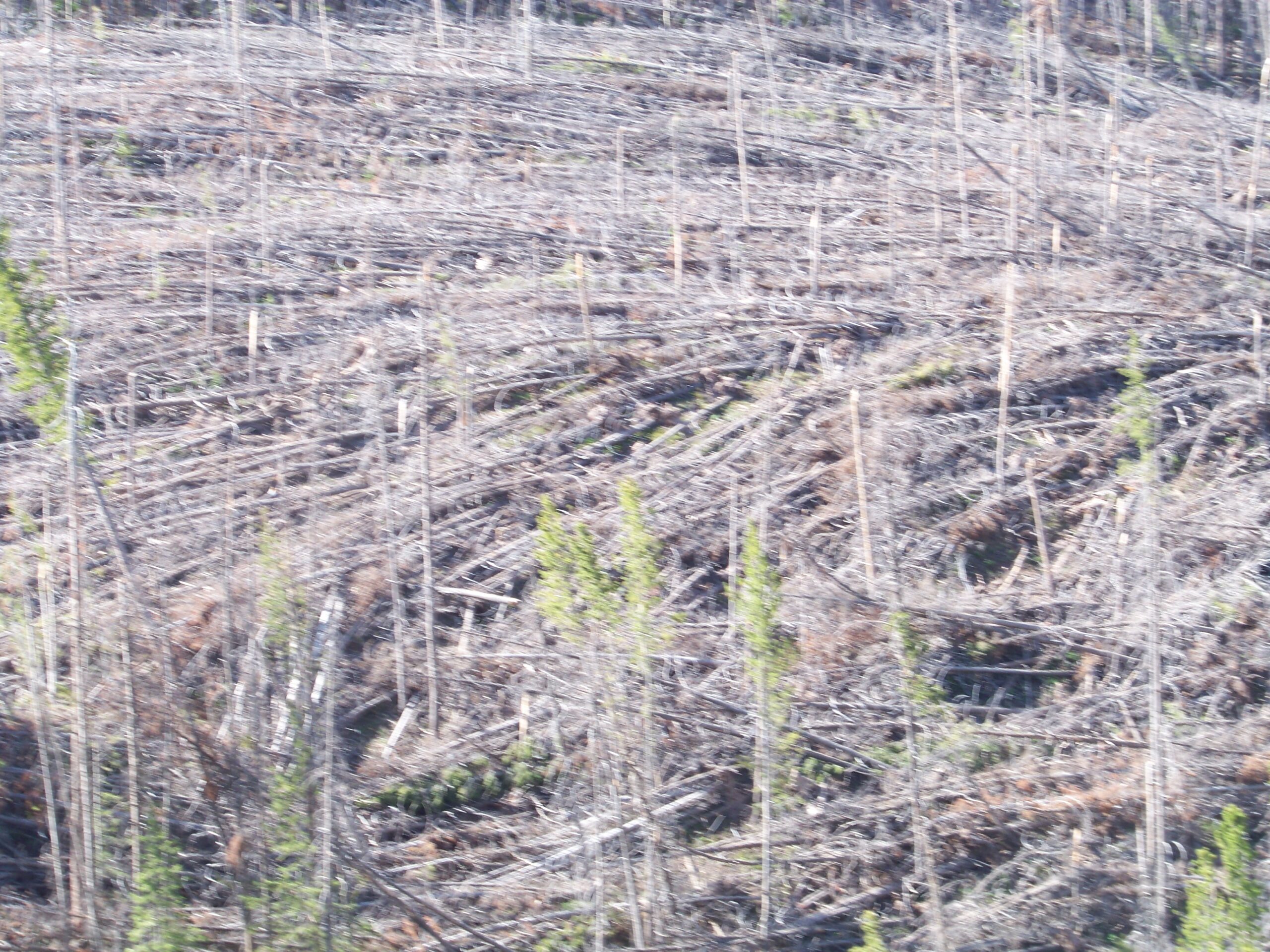
Microbursts are powerful downdrafts that can slam into a plane during takeoff or landing. They happen quickly and with almost no warning, but pilots train in simulators to recognize and escape them. Airports near thunderstorms often have special radar systems to spot microbursts and warn pilots in real time. Pilots will delay or divert a landing if there’s any sign of a microburst in the area.
Pressure Changes Mean More Than Ear Pops
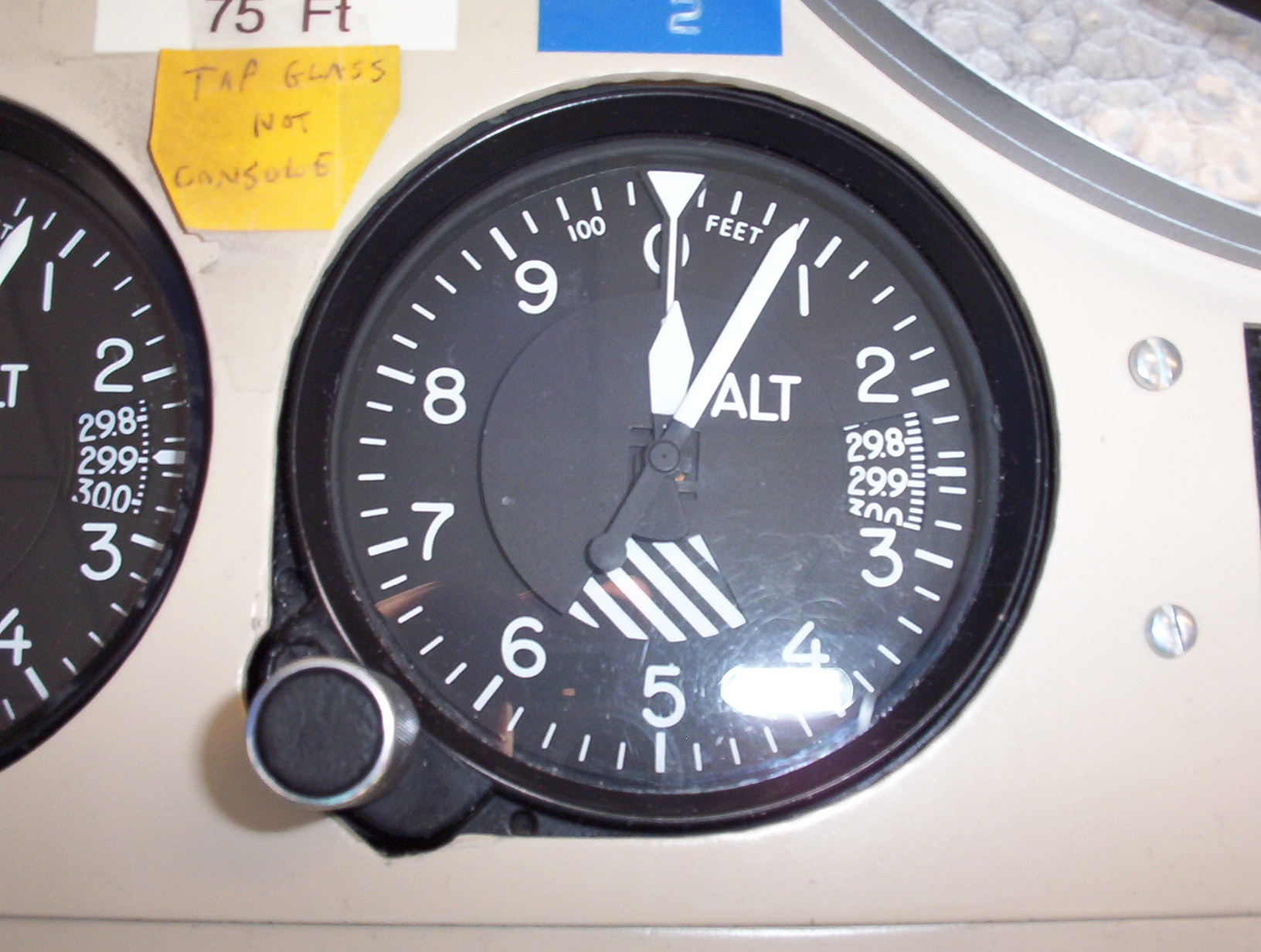
When the pressure outside drops quickly, it’s not just your ears that notice. Pilots track barometric pressure constantly because it affects the altimeter—the instrument telling them how high they are. Sudden pressure changes can be a sign of an approaching storm or cold front. Pilots update their altimeters regularly, especially when flying across different regions or as weather systems move in.
Jet Streams Are Superhighways in the Sky

Jet streams are fast-moving rivers of air high above the planet. Pilots use them to save time and fuel—flying with a jet stream can shave hours off a trip. But jet streams can also create turbulence where the fast air meets slower air. Pilots check jet stream forecasts before every long flight, plotting their route to take advantage or avoid rough patches. It’s like surfing a wave—catch it right, and you get a smooth, speedy ride.
Weather Reports Are a Constant Conversation
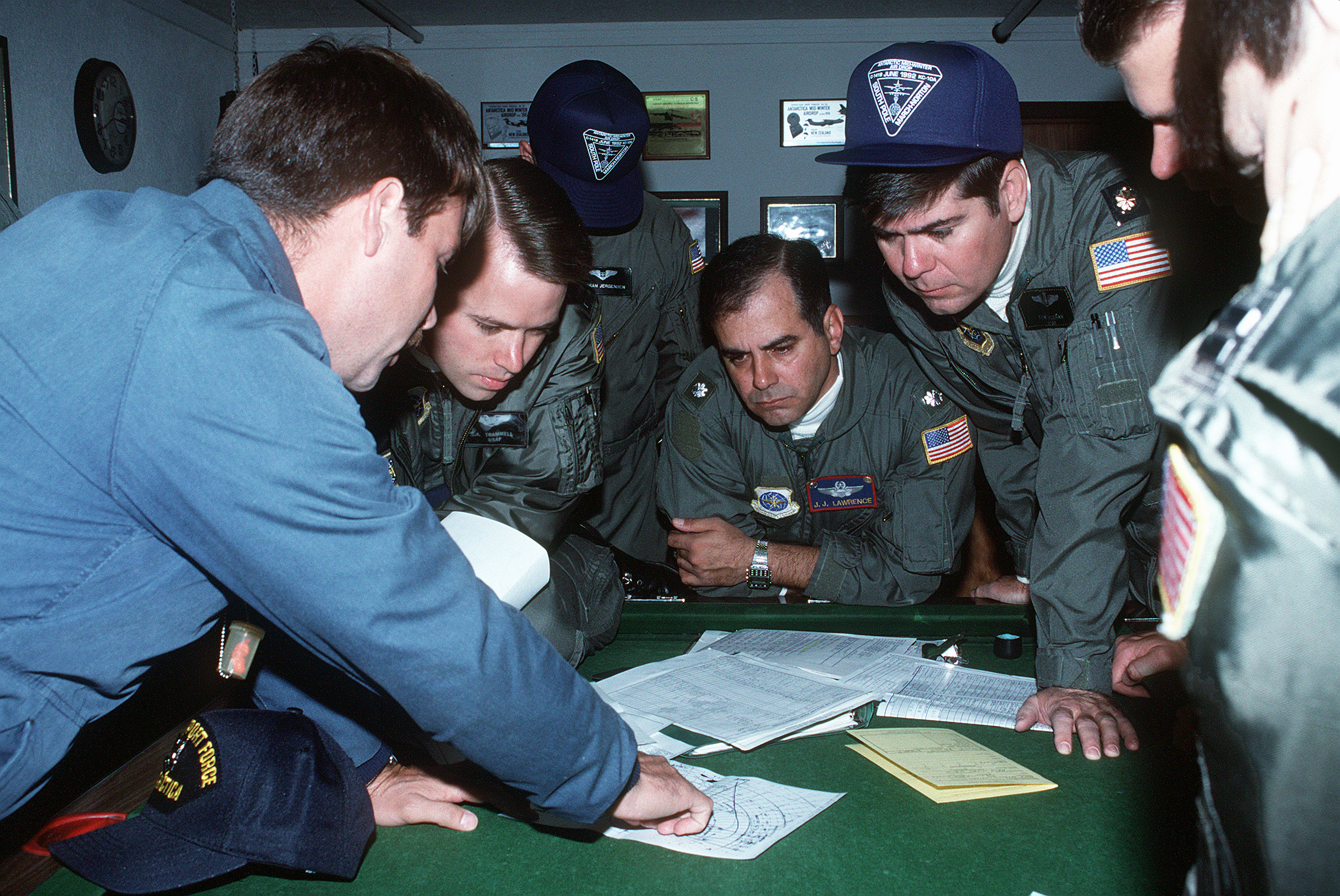
Pilots don’t just read the weather before takeoff—they’re in a nonstop conversation with air traffic controllers, dispatchers, and other pilots about what’s happening outside. They get updates on conditions at their destination, along their route, and at alternate airports. Pilots rely on “PIREPs” (pilot reports) from other flights to learn about unexpected conditions like turbulence or icing. It’s a team effort to stay ahead of the weather.
How Pilots Use METARs and TAFs
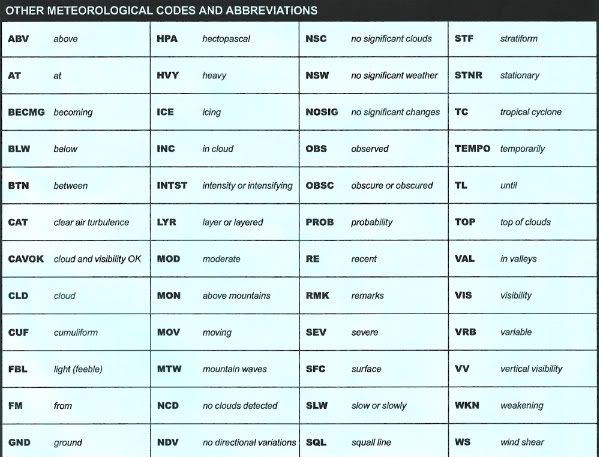
METARs and TAFs are the cryptic weather codes pilots read before every flight. METARs give real-time weather at airports, while TAFs provide forecasts. Pilots decode these reports to understand visibility, wind, temperature, and special hazards like thunderstorms or fog. Knowing how to interpret this data is like having a sixth sense for what’s coming up in the sky.
Why Visibility Is a Game Changer
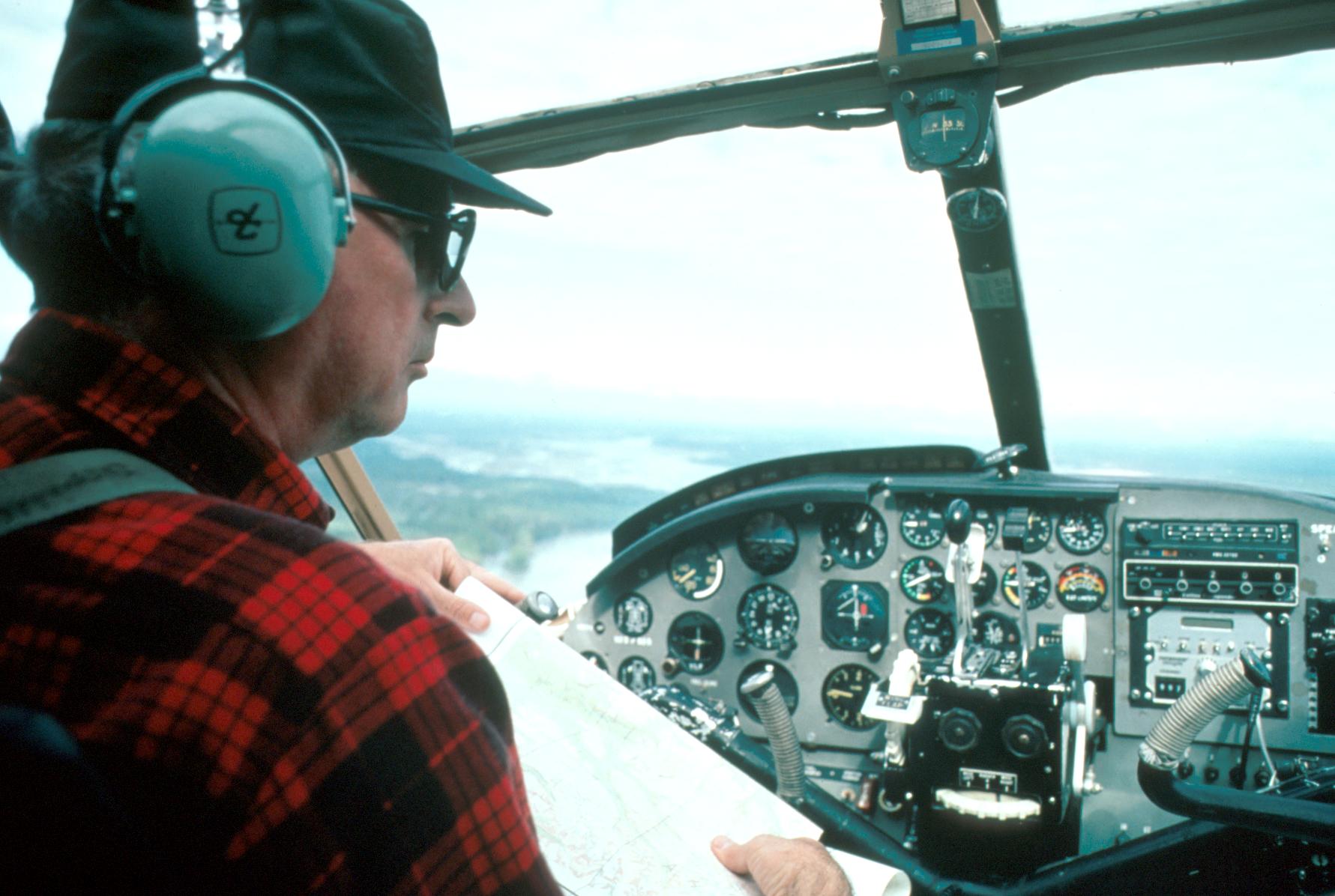
Good visibility means pilots can see and avoid obstacles, terrain, and other aircraft. But in rain, fog, or snow, visibility can drop to almost nothing. Pilots train to fly by instruments alone, using radio beacons and GPS to find their way. They plan for poor visibility by building in extra fuel and alternate airports, just in case they need to wait out the weather.
Runway Conditions Matter More Than You Know

A runway covered in rain, snow, or ice can turn a routine landing into a challenge. Pilots check runway condition reports before landing and ask for updates if the weather changes quickly. They know how to adjust their landing technique for a slippery runway, using special procedures to slow the plane safely. Sometimes, a pilot will even divert if the conditions aren’t safe.
How Pilots Plan for Alternate Airports

Pilots always have a backup plan. If bad weather makes it impossible to land at their destination, they choose alternate airports with better conditions. They calculate how much extra fuel they need to get there, sometimes hundreds of miles away. This kind of planning is required by law and gives everyone peace of mind when the weather turns sour.
Thunderstorm Avoidance Isn’t Just About Radar

While radar helps, pilots also use their eyes, lightning detectors, and even “sferics” (static electricity build-up) to spot dangerous storms. They pay attention to what other pilots are seeing and saying over the radio. Sometimes, the best way to avoid a storm is simply to wait it out on the ground—no radar needed.
How Weather Impacts Flight Paths
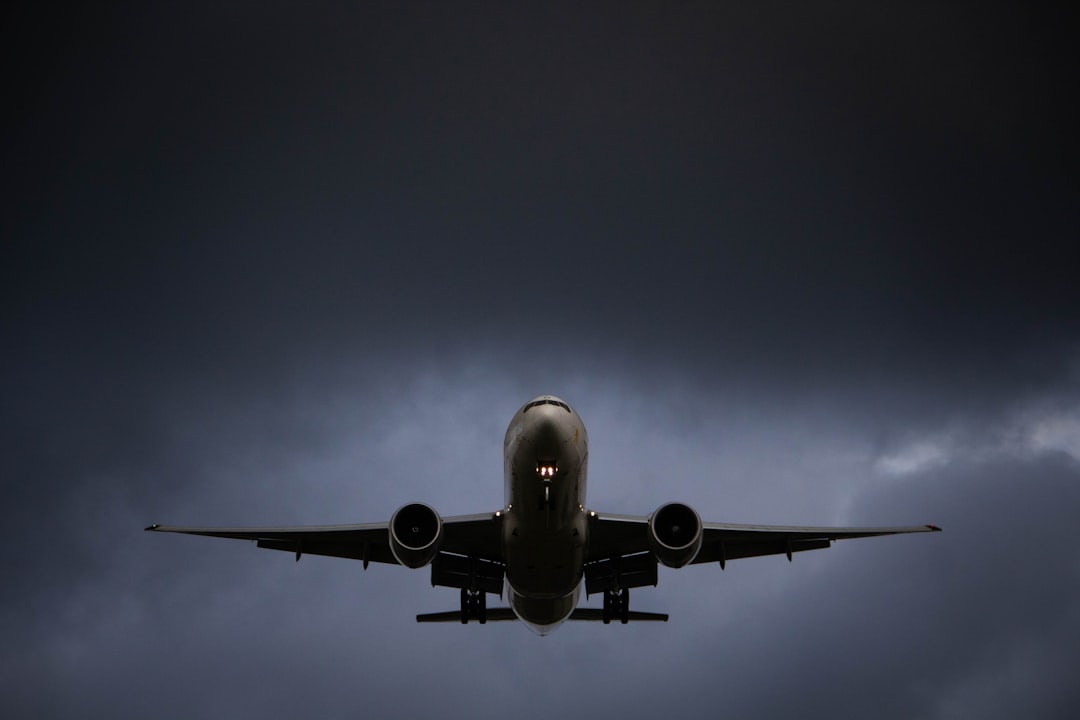
Pilots and air traffic controllers work together to reroute planes around bad weather. This can mean longer flights, higher fuel use, and even unplanned stops. Sometimes, dozens of planes are weaving around the same storm system, stacked up like cars on a detour. It takes skill, patience, and teamwork to keep everyone moving safely.
How Pilots Stay Calm in Wild Weather

Pilots train for bad weather from day one. They practice handling emergencies in flight simulators, learning how to keep cool when things get rough. They know that staying calm helps them make better decisions, and they trust their training and teamwork to handle whatever the sky throws at them. For pilots, panic is never an option.
What Passengers Can Learn from Pilots About Weather

Next time you hit a bumpy patch or see lightning outside your window, remember: pilots have seen it all and know what to do. The weather might look scary, but the crew up front is trained, prepared, and in constant contact with experts on the ground. Keeping this in mind can make your next flight feel a lot less stressful.
The Evolving Science of Weather Prediction
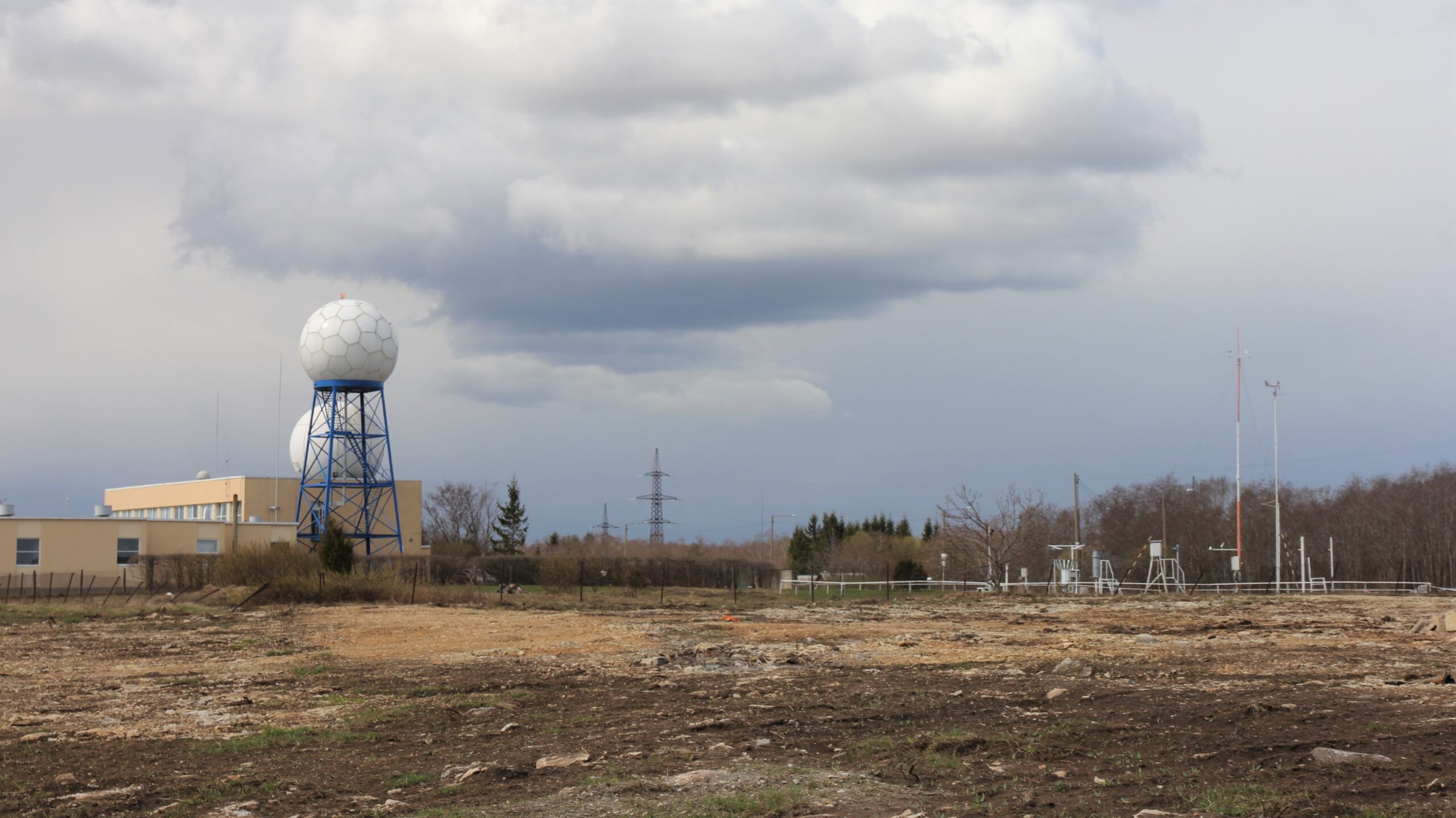
Weather forecasting is getting better every year. Pilots now have access to real-time satellite images, advanced computer models, and instant updates from around the world. This technology means safer flights, fewer delays, and more accurate planning. The more we learn about weather, the smoother our journeys become.
The post 12 Things Pilots Know About Weather (That You Don’t) appeared first on .
Posting Komentar untuk "12 Things Pilots Know About Weather (That You Don’t)"
Posting Komentar